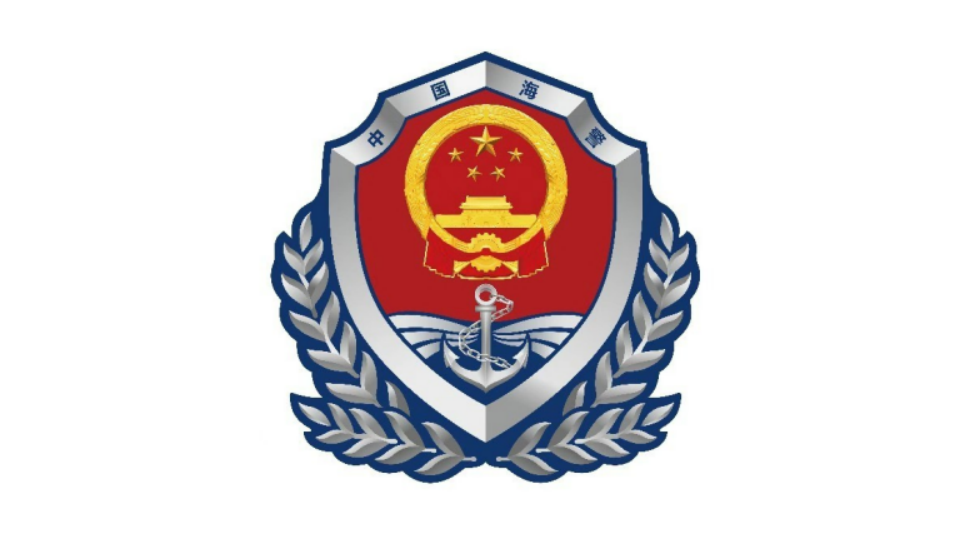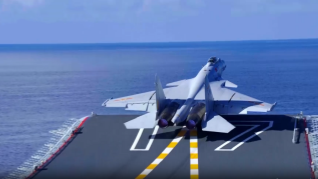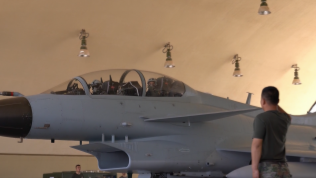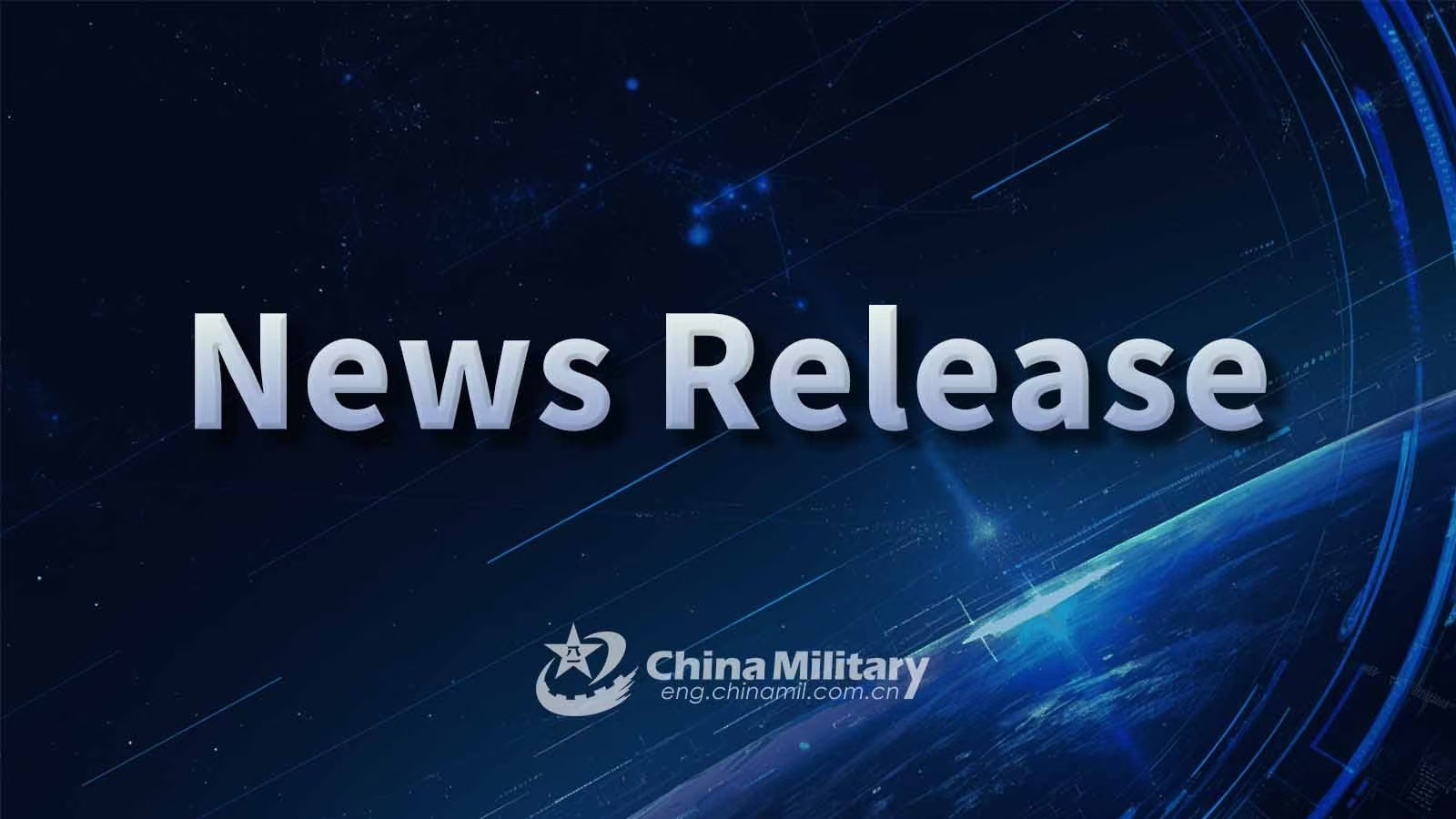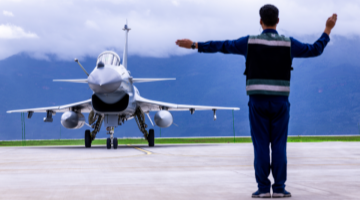By Wu Dahui
The troops assigned to the Chinese PLA Northern Theater Command, along with Russian naval and air forces, recently participated in the China-Russia "Northern/Interaction-2023" exercise held in the waters of the Sea of Japan in accordance with the two militaries' annual cooperation program. The exercise, which lasted till July 23, has captured close attention from various sides.
It not only gathered main warships and support ships from both sides, but also their naval aviation units. Covering such subjects as joint fire strike training and coordinated maritime operation, the exercise focused on maintaining the security of strategic passages on the sea, intensifying joint operational capabilities of the two militaries, enhancing their strategic coordination, ensuring the security of relevant international waters and airspace, and enhancing the ability to jointly maintain regional peace and stability and respond to various security challenges. On the whole, three key points of the exercise sent important signals.
First, the exercise is held in the central region of the Sea of Japan and organized by the Chinese side. This was not the first time that China and Russia have conducted military strategic coordination in the Sea of Japan. This international water area involves highly-concentrated strategic passages, with the Soya Strait, the Tsushima Strait and the Tsugaru Strait all being crucial to the two countries' strategic security. China holding the exercise here reflected the participating countries' common concerns on core security and their confidence and determination to keep international strategic passages secure in case of emergencies.
China has participated in Russia's annual strategic exercises many times, such as the "Vostok-2018", "Center-2019", "Caucasus-2020" and "Vostok-2022". Participating in each other's annual strategic exercises, coordinating with each other's strategic security programs and military visions on specific strategic directions, and jointly maintaining regional peace, security and stability have become a normalized and institutionalized arrangement in China-Russia military strategic coordination.
Second, the NATO Summit occurring a week before the exercise labeled China and Russia as threats. At the NATO Vilnius Summit from July 11 to 12, the US and its allies defined Russia as the most significant and direct threat to its members' peace and security, and claimed that China's "stated ambitions and coercive policies challenge our interests, security and values," declaring the China-Russia partnership as "running counter to our values and interests". The latest NATO Summit made no bones about the military bloc's strategic goal of extending its claws to the Asia Pacific. Immediately after the summit, the US, Japan and the ROK held joint military exercises in the Sea of Japan. On July 18, a US nuclear submarine entered Busan Port, the first time in the past 42 years.
Since the full-scale outbreak of the Russia-Ukraine conflict, the US has drawn a line between friends and foes based on other countries' stances on the conflict. In fact, from Washington's strategic perspective, the world is already divided into two poles, one the NATO-centered US-European bloc, and the other the so-called "China-Russia group" defined by the US-led West. Washington is replicating the model of handling the Ukraine crisis in the Asia-Pacific region, especially on the Taiwan question.
Third, the exercise will accustom countries with ulterior motives to more such practices. The China-Russia military strategic coordination has been closely watched by the US. Let's take a look at a set of data provided by the Center for the Study of Chinese Military Affairs of the National Defense University of the United States: Since 2014, the Chinese and Russian militaries have held at least 36 different types of exercises, including strategic exercises conducted around the countries such as the "Northern/Interaction-2023", and also joint patrols that emerged a few years ago. The Chinese and Russian navies are moving from homeland waters in Qingdao, Zhanjiang, and Peter the Great Bay to the Sea of Japan, the Gulf of Aden, the Arabian Sea, the Mediterranean Sea and the Baltic Sea. It is conceivable that the joint maritime strategic cruise between China and Russia will sail further to different regions of the world.
The "Northern/Interaction-2023" demonstrated a high level of political and military mutual trust between China and Russia, whose strategic coordination, especially in the military domain, guarantees global security and stability, and whose bilateral relations have regional and global significance. It must be noted that the core of China-Russia relations is non-alignment, non-confrontation, and non-targeting of third parties. Neither China nor Russia intends to build what the US calls an "anti-West alliance", and we hope the US-led western countries can abandon as early as possible the Cold War mentality that they are still clinging to.
(The author is the Deputy Dean of Russian Institute, Tsinghua University)
Editor's note: Originally published on huanqiu.com, this article is translated from Chinese into English and edited by the China Military Online. The information and opinions in this article do not necessarily reflect the views of eng.chinamil.com.cn.






